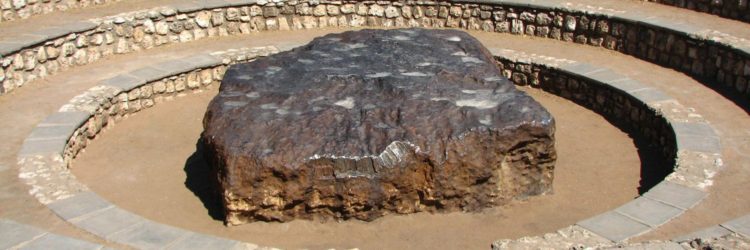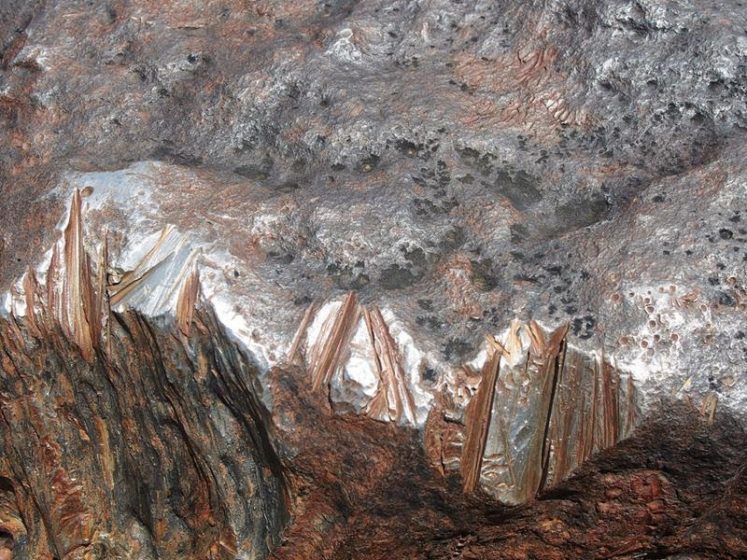The Hoba meteorite has this name because it lies on the farm “Hoba West” not far from Grootfontein, in the Otjozondjupa Region of Namibia. It has been exposed due to its large mass and has never been moved from where it fell. The Hoba meteorite is believed to have fallen more than 80,000 years ago. In 1920 a farmer, Jacobus Hermanus Brits discovered a Hoba meteorite, when he encountered an object while plowing one of his fields with an ox when his plow suddenly screeched to a halt.
During this chore, he heard a loud metallic scratching sound and the plough came to an abrupt halt. He was curious about what he had run into. The obstruction was excavated, and Brits notified local authorities about the find. It was quickly determined that this was a meteorite. The site was declared a National Monument in 1955, though you couldn’t visit it until 1985.
The main mass is assessed at more than 60 tonnes, making it the largest known meteorite “as a single piece. Moreover, Hoba Meteorite is the most massive naturally occurring piece of iron known at the Earth’s surface. It is inferred that the Earth’s atmosphere slowed the object to the point that it fell to the surface at terminal velocity, thereby remaining intact and causing little excavation.
Hoba meteorite is a tabloid body of metal, measuring 2.7×2.7×0.9 meters, composed of about 84% iron and 16% nickel, and 0.76% cobalt. Due to the presence of a rare radioactive nickel isotope, experts have been able to determine the age of the Hoba meteorite, which is estimated at in-between 190 million and 410 million years.
In 1954 the curator of the American Museum of Natural History in New York tried to purchase the Hoba Meteorite. It was only owing to transportation problems owing to its weight that the meteorite remained in Namibia. Immediately following this matter a group of concerned locals brought the ‘near calamity’ to light and the following year it was proclaimed a National Monument.
Thus, almost 5 % of the total number of meteorite pieces that fall on Earth are the same in their composition as the Hoba one. They are also huge, but not like this one, at least, not for now. It is amazing that this meteorite is not surrounded by a crater.
The objects of this size should punch through the atmosphere at a very high rate of speed and hit the earth with ample force to blast a momentous crater, but no crater is present around the site of the meteorite. This could be recommended that it fell to earth at a lower rate of speed than expected. Therefore few scientists’ believed that the flat shape of the thing may be responsible for its low velocity at impact.
The site has now been much improved and has a decent chance to get close up. Even though anyone can touch it and stand upon it. A small tourist center and is visited by thousands of people each year.
Read More – 8 Most Fascinating Blue Holes in the World

















